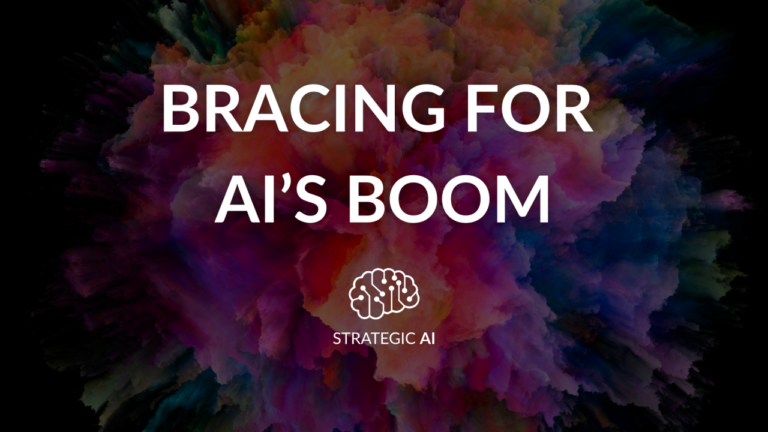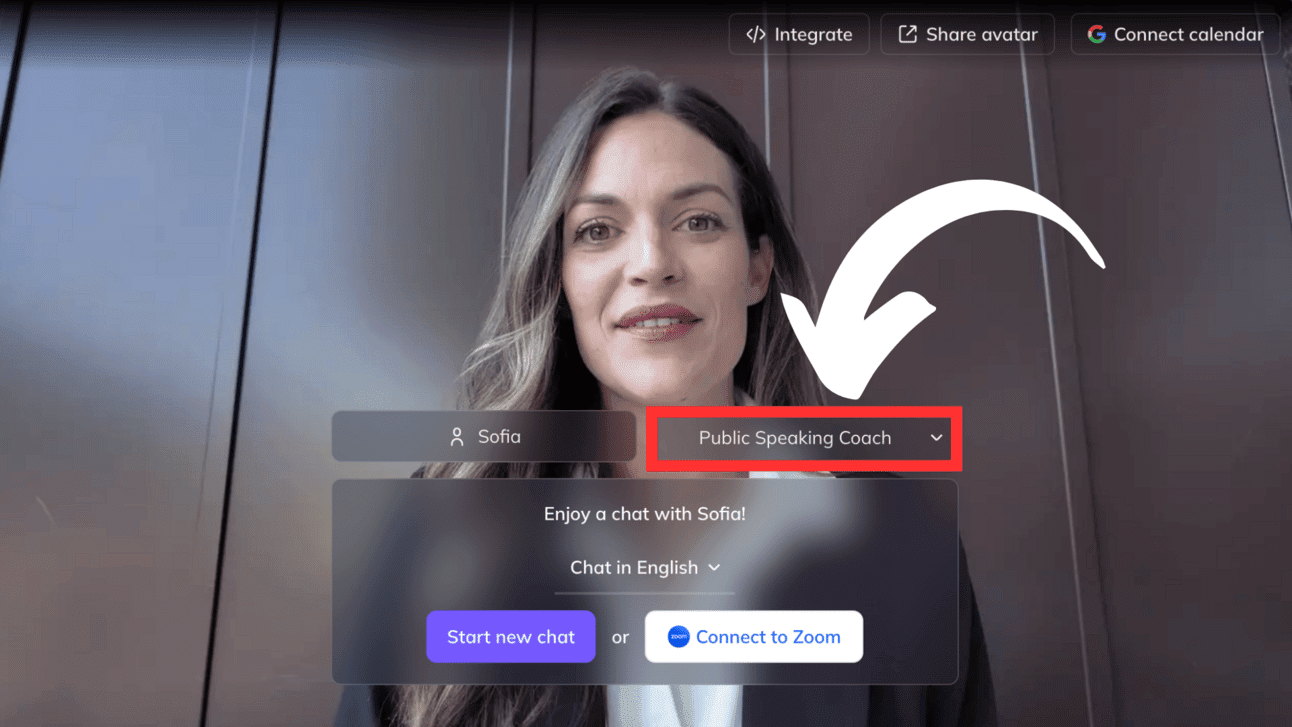
Written by Fola Yahaya
Many moons ago, as a bright-eyed intern at the UN, my daily routine was a checklist straight from The Devil Wears Prada: perfecting drafts of pointless memos (this was pre-email), fetching my boss’s morning coffee and frantically taking minutes of meetings held with the world’s best bureaucrats. Fast-forward to today, and every single task that I did as an intern can now be done better by AI. ChatGPT can polish documents in seconds, my boss would just order her coffee via an app and taking meeting minutes seems increasingly old-fashioned.
This makes me think that the traditional career ladder, where entry-level positions teach fundamental skills, and fresh-faced graduates actually learn what work is, is facing an existential crisis. Major banks like Goldman Sachs and Morgan Stanley have already slashed their graduate intake by 50%, citing AI efficiency. As AI algorithms don’t require precious staff time for training, never complain about mental health issues and can work 24/7, why bother with a large graduate workforce?
The old argument about creating the next generation of leaders is redundant in the AI era. Unlike football, where top-league teams are scouting for talent in primary school, AI systems require expertise to keep them on track rather than youthful experience.
Think your years of sucking up and climbing the greasy corporate pole have provided you with an unassailable moat against AI? Well, think again. AI agents will soon be capable of executing such classic middle management tasks as coordinating teams, analysing performance metrics and generating status reports. So, this squeeze from both ends raises an uncomfortable question of whether we’re witnessing the hollowing out of corporate hierarchies.
The answer is complex and the outcome is contingent on Yahaya’s Law – the idea that a non-expert is the worst person to judge the quality of AI content. But this creates a chicken-and-egg problem: if we stop training new experts through junior positions, who will be left to distinguish good AI output from convincing nonsense?
A strong counterargument is that today’s graduates are AI and digital natives. They learn from YouTube, get ChatGPT to do their homework and are already plugged into the ‘matrix’ of digital ecosystems. Moreover, they are unencumbered by the curse of analogue experiences like reading books and respect for experts. So, whilst AI may reduce the need for traditional entry-level positions, organisations may find that tech-savvy juniors are the best at harnessing AI and are therefore invaluable.
The future might see fewer graduates overall, but those who remain will be empowered by AI rather than replaced by it – working alongside expert mentors to ensure quality whilst leveraging technology to punch above their weight class. The career ladder won’t disappear, but it’s evolving into something more efficient, less linear and definitely less crowded.
A good friend of mine was complaining about a common problem faced by many small businesses: how to get more customers when you can’t afford a marketing team and are seeing better-armed competitors outspend you on Google AdWords. Surely there was an AI that could do this grunt marketing stuff and for peanuts?
I love these questions because a) I love to have an excuse to research how AI can solve a problem and b) I always see these newbie questions as key zeitgeist moments in AI adoption – we’re already at a point where we’re shocked if “there isn’t an AI for that”. Query posed, I duly asked Perplexity for a report on the state of the AI marketing agency market. It returned some interesting data:
AI is having a significant impact on how agencies operate:
Marketers using generative AI save an average of three hours per content piece.
80% of agencies want to use AI to reduce time spent on repetitive, data-driven tasks.
52% of US marketers say the biggest benefit of AI tools is improved workflow efficiency.
OK, so my takeaways from this are that marketing agencies are creating all their content with AI and deploying tech to deliver their spam. Which begs the question, why not just cut out the middleman and use AI?
Ironically, TikTok has just dropped Symphony Creative Studio, which aims to do precisely that. According to the blurb, Symphony orchestrates (hence the name) “a complete reimagination of how brands create ads”. What once took weeks of brainstorming, scripting, shooting and editing can now happen in minutes. Yes, minutes.
Users can now upload a product link, and Symphony will spin out fully-realised TikTok videos, infused with trending aesthetics and optimised for engagement. To make campaigns even more compelling, Symphony also creates AI-powered avatars that can serve as customisable virtual spokespersons that can speak perfectly in over 30 languages.
The real value-add is a daily auto-generation feature that aims to replace creative directors. Symphony studies your brand’s history, cross-references it with TikTok’s trending content, and churns out fresh concepts, daily. The innovation, and the scary thing for mediocre marketing agencies, isn’t just automation but rather the constant adaptation of content, which obviates the need for endless back and forth with creative agencies and internal teams.
This would also hollow out the traditional chain of copywriters, designers, editors, translators and media buyers, and replace it with an AI-empowered brand curator: one person armed with the right tools doing the work of an entire department. Though TikTok is selling this service, its data suggests that these AI-crafted ads are not only quicker and cheaper to produce, but also more effective.
For creative agencies everywhere, the writing on the wall couldn’t be clearer: evolve or risk irrelevance. The future of marketing doesn’t belong to the biggest teams or the largest budgets – it belongs to those who can leverage AI as quickly and as smartly as possible (see the article below on Coca-Cola’s AI fail and how not to do it). Welcome to the age of the AI-native marketer.

HeyGen has unveiled its latest feature, Interactive Avatars, which empowers you to practice and enhance your public speaking skills through personalised, real-time feedback and expert coaching.
Here’s how to get started:
Launch HeyGen: Navigate to the “Interactive Avatar” section. Create a new avatar by clicking the “+” button under “All Avatars.”
Set up your knowledge base: Enter your coach’s name, craft your opening introduction and add any relevant speaking resources to build a comprehensive foundation for your practice sessions.
Customise your AI coach: Define your AI coach’s area of expertise or take advantage of the extensive prompt templates available exclusively to premium Rundown University members.
Start practicing: Deliver your speeches and receive immediate feedback on various aspects such as delivery, structure and body language, helping you refine your skills effectively.
Pro tip: Record your practice sessions with the AI coach to monitor your progress over time and identify specific areas for improvement.
Coca-Cola commissioned a creative agency to ‘reimagine’ its iconic nineties Christmas ad, Holidays Are Coming, using AI. The original now features AI-generated updates, including the brand’s famous polar bears, and OMG is it crap. Everyone and his dog has weighed on it as being “unnatural,” “creepy” and a “poor imitation” of the original. Nor am I sure that Coca-Cola gets the irony of using AI whilst still claiming to be “always the real thing.”
Herein lies the problem with brands wanting to show that they are still relevant by rushing out ill-thought-out AI-generated poo. The lack of authenticity. This is the reason you still need smart creative agencies who can read the room and avoid costly brand missteps.
AI’s impact on artists is real and damaging – great article from the Guardian
New AI Tool Tracks Your Steps by Reading the Bacteria You Carry
TalkToYourEx allows users to import their ex’s texts to keep chatting and dating, even after being dumped.

Network Hub, 300 Kensal Road, London, W10 5BE, UK
We deliver comprehensive communications strategies that deliver on your organisation’s objectives. Sign up to our newsletter to see the highlights once a quarter.